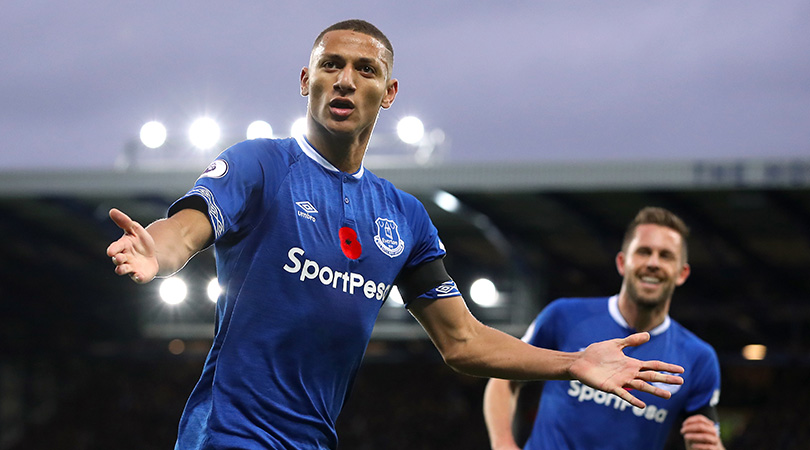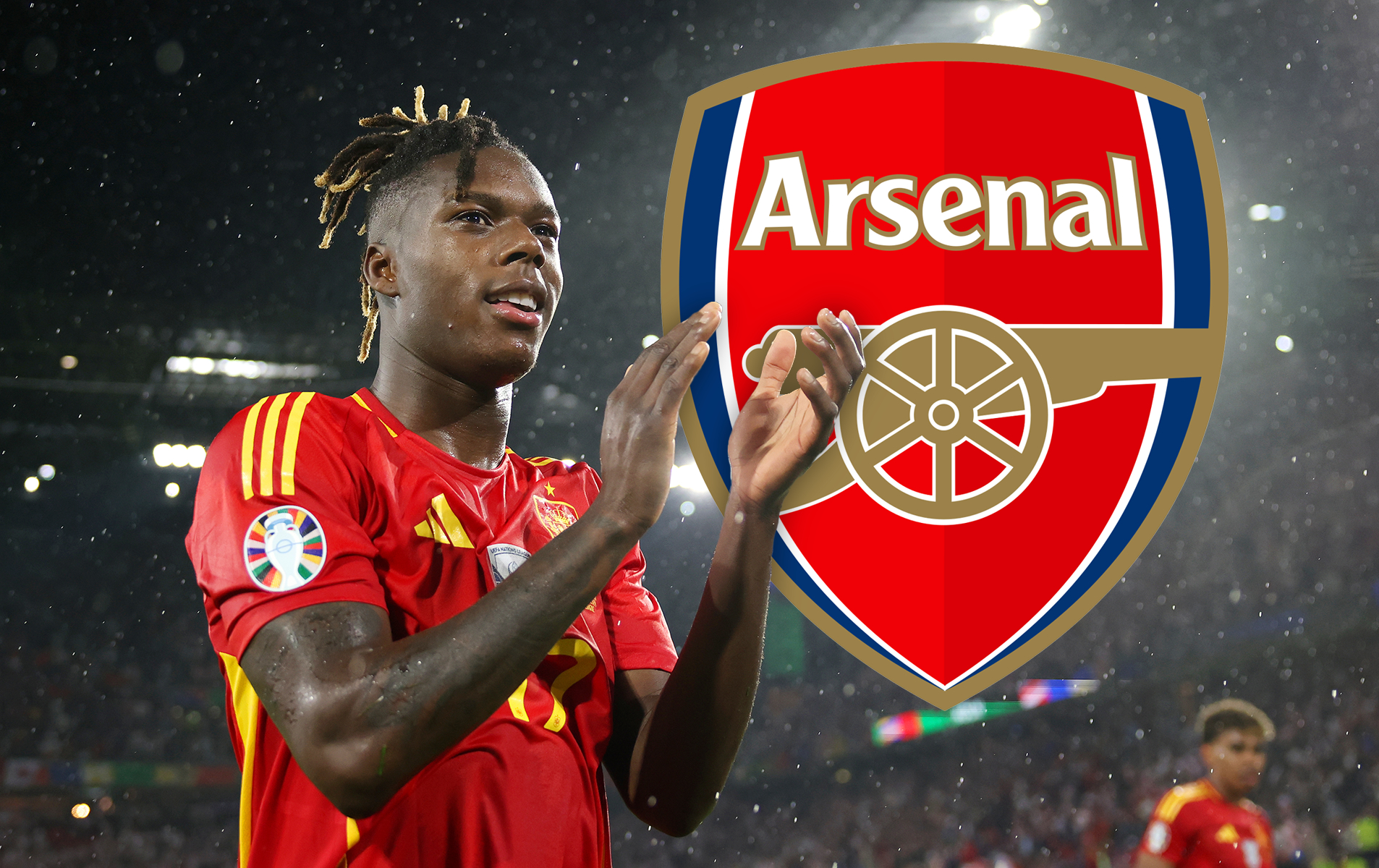The sorry story of Cesc: how Fabregas became a sad victim of football’s changing times
The 31-year-old was once considered among the Premier League’s great technicians, but has somehow become a relic of a bygone era, writes Alex Hess. But how?
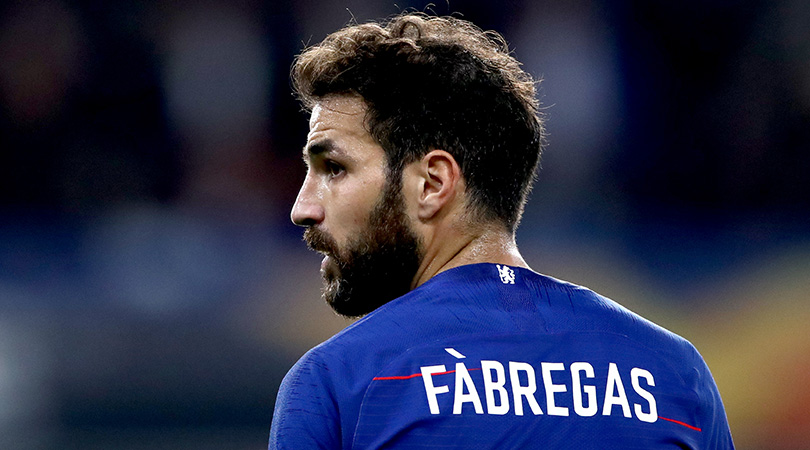
In football, it never takes long to turn a perception on its head.
Take Chelsea’s midfield, for instance, which at the start of the season looked like a hastily confected mix of the distinguished and the deficient: Jorginho’s arrival was all well and good, but it would dislodge the team’s best player in N’Golo Kante. Ross Barkley, a hot prospect five years ago, had barely been seen since joining the club last January, while actual hot prospect Ruben Loftus-Cheek would be consigned to stagnation by Mateo Kovacic, a needless luxury signing.
Three months on and Barkley is a player rejuvenated, Loftus-Cheek has scored four goals in the past fortnight, Kovacic has imbued the Chelsea engine room with an understated authority and Kante remains an automatic pick in a role of midfield shuttler. Jorginho meanwhile, Maurizio Sarri’s on-field consigliere, has proven himself to be entirely worthy of building a team around; a possession fiend who plants himself at the heart of his team’s every move.
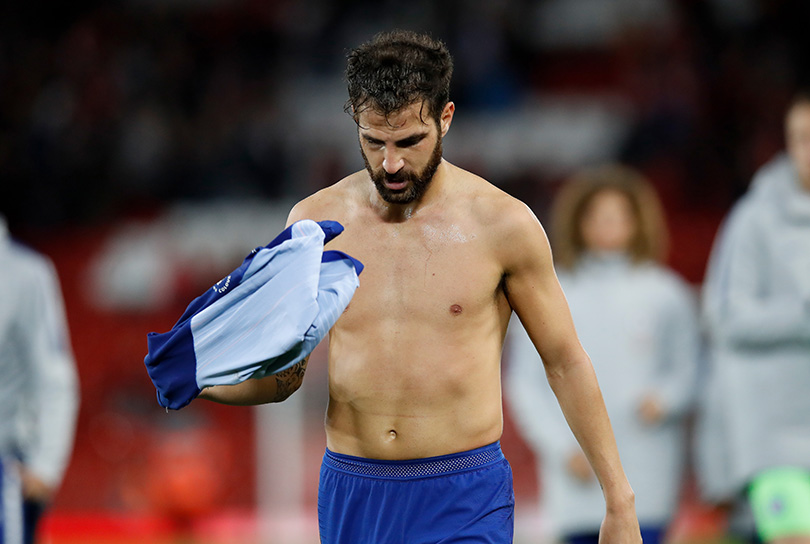
Background material
All of which is to say, in short, that when it comes to midfielders – and especially when it comes to creative ones – Chelsea are hardly short of options right now. And bizarrely, none of this is to mention the most high-pedigree creator of the lot.
Cesc Fabregas; World Cup-winning playmaker, veteran of six major trophies in two of Europe’s top leagues, the second-highest assister in Premier League history and the original pass master of his generation, is fast becoming something of a forgotten man at Sarri’s new-look Chelsea.
One of the more alarming sights of the season so far was watching Fabregas struggle (despite his goal) to get a handle on the game in Chelsea’s League Cup clash against second-tier Derby. He was parachuted into Jorginho’s role at the base of midfield but lacked the quickfire lend-and-retrieve instincts that mark out his team-mate as the system’s indispensable figure.
Get FourFourTwo Newsletter
The best features, fun and footballing quizzes, straight to your inbox every week.
Which, when you think about it, is an odd thing to say about the man who was long earmarked as the heir to Xavi’s throne. There have been a few shortfalls in Fabregas’s game over the years, but an inability to play speedy passing football hasn’t been one of them. Perhaps this can be explained away as the rustiness of a player whose outings this season have been largely restricted to second-tier cup competitions.
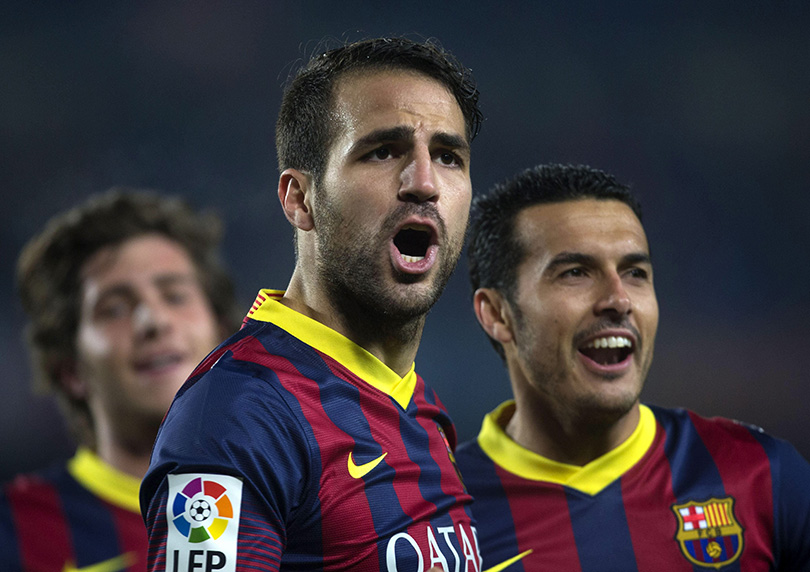
Left behind?
But perhaps it’s something else, too; something to do with the direction in which elite-level football is heading; how tactical trends are creating more and more heavyweight games played at whirlwind tempo.
Fabregas, after all, is a player who always preferred to do things at a more languid speed – mainly because he lacks the pace to do it any other way.
In contrast, Jorginho may be a passer first and foremost but he’s certainly no slouch either. Indeed, one of the more eye-catching aspects of his performances for Chelsea has been a willingness to wrestle back possession and emerge from the odd midfield skirmish with the ball at his feet.
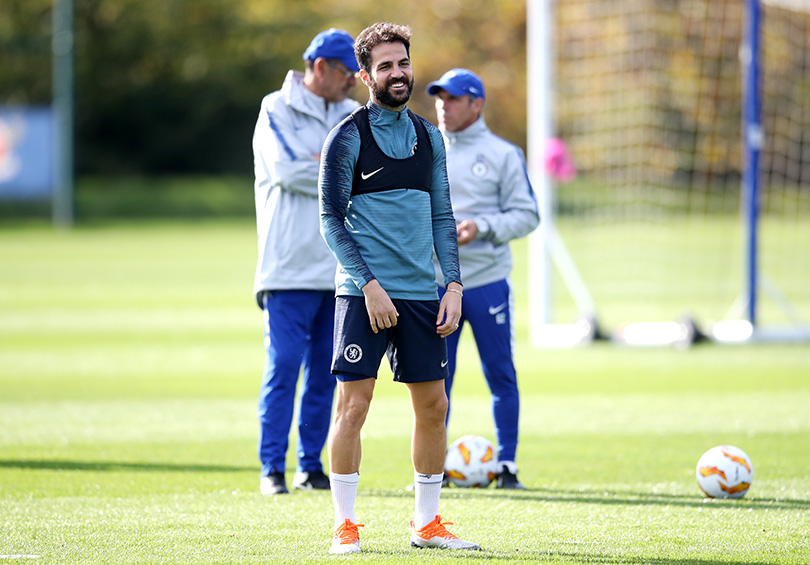
Look around the league and you’ll notice this is the new model of elite midfielder: skilful, wiry and with ever-whirring legs. At the top of the table there’s no shortage: Fernandinho, Kevin De Bruyne and Lucas Torreira have all established themselves as integral to their sides by fusing silky possession play with tireless running.
At Spurs, Harry Winks is fast asserting himself as Mauricio Pochettino’s designated scamperer-passer – a description that befits pretty much every one of Jurgen Klopp’s seven central midfield options. Further down, Idrissa Gueye, Ruben Neves and Lewis Cook conform to much the same model. As, of course, do most of Fabregas’s immediate rivals for a place in Chelsea’s starting XI.
The other guys
It goes without saying that these are all very different players, in role and remit. But if there’s one thing that they have in common – something that increasingly characterises this new breed of high-grade midfielder – it is a certain busyness.
How times have changed. It’s less than two decades since ‘busy’ was famously used as a pejorative by Jaap Stam, and almost exactly 15 years since a teenage Fabregas made his much-heralded debut for Arsenal when touted as a midfielder of the future: one where touch and technique outstripped blood, sweat and tears.
For a long time that was how it played out. In a country once beholden to the all-action midfielder, Fabregas – a one-paced and largely battle-shy player – quickly established himself as one of the position’s leading proponents with his quick thinking and incisive passing.
In a league where the laws around physical contact were being more tightly policed, football’s technicians were reaping the rewards. Within a couple of years of Fabregas’s Arsenal debut, Roy Keane and Patrick Vieira both made their ceremonial departures from English football, Steven Gerrard was shifted out wide by a manager intent on midfield control and, under another similarly minded coach, the understated Claude Makelele became the division’s most influential midfielder.
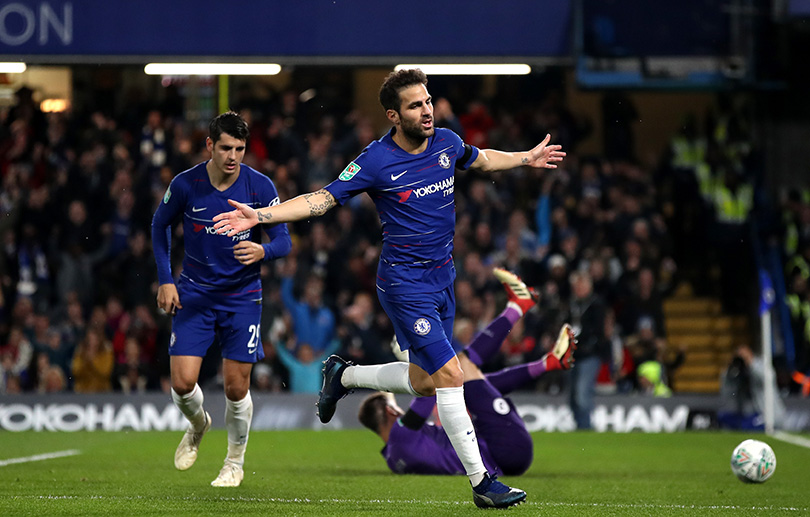
Europe’s standout players across the next half-decade included Deco, Xavi, Andres Iniesta, Xabi Alonso, Paul Scholes, Andrea Pirlo – and Fabregas himself. His long-mooted move to Barcelona, coming as Xavi was inching towards retirement, was supposed to be his coronation. Fabregas was heading back to the club he played for as a boy, under a restlessly possession-obsessed coach who had swiftly stopped the rot of the old regime and would know exactly how best to deploy his velvety passing range.
Fast-forward seven years, and the current situation – a 31-year-old Fabregas languishing on Chelsea’s bench, regarded as little more than a backup option by one of the world’s most progressive coaches – is testament to how football can evolve with ruthless speed.
The rise of counterpressing as the preeminent tactical approach – itself a tailored response to the ball-hogging MO of late-noughties Spain and Barcelona – with all the explosive athleticism it entails, has not been kind to Fabregas. Nor is he helped by the fact that his manager is one of the style’s leading advocates, and someone who has helped push it to ever more energetic heights.
Full circle
In the words of Viggo Tarasov, murderous villain of John Wick: “People don’t change – times do.”
The football world has come full circle on Fabregas. Rather cruelly, we are now at a stage where the pounding muscularity of Barkley or the relentless legwork of Kante are both preferable to Cesc’s subtle promptings, despite the fact that neither of those players – in purely technical terms – are fit to lace the Spaniard’s boots.
Certainly it feels a lot longer than four years ago that he was brought back to England by Jose Mourinho and installed as the beating heart of a team than stormed to a league title with the sort of imperiousness that normally heralds a new era. Instead, that glittering season stands as a recent apex in the career of a midfielder whose importance quickly diminished: he was sidelined somewhat in Antonio Conte’s high-intensity system; in hindsight, a precursor to the current regime.
None of this is to say that Fabregas’s career at the top level – or even at Chelsea – is over, but it’s fair to say the signs don’t look good. And for those of us who like to watch football played with wit and invention, the sight of him buried under a puffer jacket on the subs’ bench is a sad one.
Maybe what he could really do with is a return to a club he played for as a boy, under a restlessly possession-obsessed coach who has swiftly stopped the rot of the old regime and would know exactly how best to deploy his velvety passing range. Any ideas?
